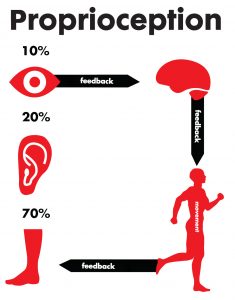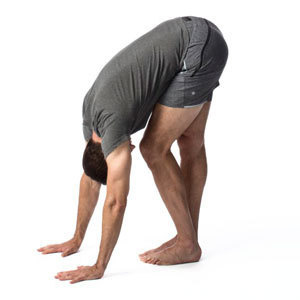Whiplash for many can occur when involved in a car accident or by any number of knocks, falls or slips and sports injuries, and can be excruciatingly painful. Many people are shocked to realise that even mild cases of whiplash can happen just by simply turning your head too fast in one direction, being knocked down, falling or even being jostled around while riding a roller coaster or other type of fast moving ride.
In a rear end collision the neck is thrown into extension. What this means is that the person is forced backwards into the car seat as the vehicle is thrust forward. This force is what causes the most damage to the soft tissue area of the neck.
After the head comes into contact with the head restraint of the car it rebounds forward forcing the neck into flexion. As the seatbelt tightens the head is inadvertently thrown forward until the chin hits the chest.
When this movement occurs many things happen in the body at once.
- The muscles and ligaments that support the spine can be stretched or torn
- The discs can bulge, tear or rupture if the damage is severe enough
- Vertebrae can lose their normal range of motion
- The spinal cord and nerve roots can become stretched and irritated.
This action of the head can lead to debilitating pain, including neck stiffness, headaches, blurred vision, nausea, vertigo or numbness and tingling. Symptoms in acute whiplash may not appear at their peak until after the body has coped with the shock of the accident, and pain sets in.
You should be examined as soon as possible after a whiplash accident, even if the symptoms do not seem too severe. This is because it can take days or weeks for symptoms to properly develop. Identifying and addressing problems early will limit pain and recovery time.
Chiropractors commonly employ different chiropractic treatments for whiplash, often including:
- Soft tissue techniques can be done through the use of dry needling, muscle stimulation, and soft tissue massage.
- Muscle strengthening and neurological rehabilitation, our aim is to recondition the musculature and neurological system of the neck in order to reduce the level of discomfort
- Gentle spinal manipulation. These manipulations, also known as adjustments, are characterised by specific thrusts on different areas of the vertebrae in order to provide proper alignment. These adjustments can provide the patient with more neck function and restore their normal movement.
- Ergonomic and lifestyle changes.
Each whiplash case is different. A chiropractor will evaluate the patient and determine the appropriate treatment on a case by case basis
Towards Wellness: What is Proprioception?

Proprioception is our body’s unconscious awareness of itself in space. It helps us to achieve quality movement, posture, and solid balance. There are certain parts of our body that contain high amounts of proprioceptive tissue including our feet and pelvis. These areas of our body relay messages to our brain to let our body know where it is in space. If something is wrong with any of these areas (for example an injury to your foot) this can change the messages being sent to the brain and can in turn affect your balance, movement patterns and posture, and then lead to injury and pain.
S-T-R-E-T-C-H of the Month: Hippie Stretch
- Put your feet together and flat on the ground.
- Slowly bend forward at your waist and walk your hands down your legs, as low as it feels comfortable.
- Then alternate bending one knee and keeping the other leg straight (keeping your feet flat) and let your head dangle down.
- Stretch each side for 15 seconds.

